The most densely populated area in the world also wagers more dollars in a single year than all of Las Vegas. Casinos are everywhere. It is the pre-eminent gambling capital of the world. We came for the history.
Until 1999, Macau was a Portuguese colony. Portuguese traders began settling in Macau in the 1550s. It eventually became a colony before it was transferred back to China on 20 December 1999.
Most people who come here visit to try their hand with lady luck. We came for the scenery.
After realizing we had an extra day in Hong Kong, Paul and I asked the hotel concierge what it would take to get a tour to Macau. We had two options with Gray Line Tours – a day trip with a quick visit to a casino or a day trip with a long trip to a casino. We chose option one, which included stops at the Ruins of St. Paul’s Roman Catholic church, the Museum of Macau, Mount Fortress, and Senado Square.
Currently, there are three ways to reach Macau from Hong Kong – hydrafoil, helicopter, and swimming.
On the bus to the port, where we would take an hour hydrafoil ride to Macau, our guide informed us of the basic statistics of the country. There are 650,900 people living in an area just under twelve square miles. Macau’s economy relies heavily on tourism and gambling.
Our guide would tell us, you can get to Macau in an hour by foil, fifteen minutes by helicopter, and five to six hours swimming.
“But don’t worry about the sharks. We don’t have sharks,” he said. “You see, Chinese people like shark fin soup. Here, we attack the shark and eat them. Where you are from the shark attacks you.”
In the near future, a bridge will be completed and you will be able to drive from Hong Kong to Macau.
There is also no need to search for McDonald’s or 7-Eleven. They are hard to find, but a casino is on every corner. We were also told not to lose our passports.
“If you lose it, congratulations, you now have a long vacation in Macau,” our guide said. “Macau only has a Portuguese embassy and you will have to wait at least a week to get a new one from Hong Kong.”
He assured us this has never happened. The crime is low and we were not going to be the first people to lose our passports in Macau.
We finally reached the port in Hong Kong and took a leisurely boat ride to Macau. Our guide, Henrietta, met us there and, soon after, we were on our way to our walking tour. The day was humid. I stupidly wore a dark blue t-shirt. I am an idiot who suffered needlessly because I don’t plan ahead.
Our first stop was the ruins of St. Paul’s. The area was originally all part of St. Paul’s College and the Church of St. Paul. It is one of Macau’s best known landmarks and is a UNESCO World Heritage Site.
We approach the ruins from the back side and stand at the top of the 68 steps the faithful would have had to climb to reach the church.
The church, which has a thick, concrete façade, is all that remains after the rest of the church was destroyed in a fire during the 26 January 1835 typhoon.
Christianity was introduced to China through Macau, Henrietta tells us. Throughout Macau, there are many historical churches to visit, but with our limited time there, St. Paul’s is the only one we visit.
Walking through the façade, you can see the remains of the original pillars and shrine. Below are the crypts of the Jesuits who established and maintained the church, and several religious artifacts found during conservation efforts in the 1990s.
There are also glass-fronted reliquaries with the remains of martyrs of Japan and Vietnam.
The Na Tcha Temple was built in 1888 and rebuilt in 1901. The small Chinese temple near St. Paul’s is in the middle of an area that once belonged to the Jesuits. It reflects the harmonious relationship between the two communities and Macao’s multicultural identity.
Na Tcha is a favorite character in Chinese folk stories. As the legend goes, Na Tcha was a teenage hero endowed with powers by a Taoist priest, which he used to fight the Sea Dragon King to protect his village.
The Museum of Macau is across the street from the church on the hill of the Fortaleza do Monte in Santo António. The museum is within the interior of the Fortaleza do Monte, Mount Fortress. Both are UNESCO World Heritage Sites. The fort was built in the 17th century by Jesuits and was the city’s primary military defense for nearly three centuries.
The museum has three levels. We were given 55 minutes to view the museum and the fort. That is not enough time to learn about all the history and culture of Macau.
We walked around town and saw the cultural impact the Portuguese had on the area. Yet, everywhere you look, casinos are now dominating the landscape.
The fun part of the trip was a visit to the Macau Tower Convention and Entertainment Centre. The tower rises 1,109 feet from the ground and visitors can take in the panoramic views.
From the circulating restaurant, you can dine on a variety of cuisines while you watch idiots bungee jump 233 meters off the tower.
After we got our fill of food, we also watched several people take the Skywalk X, a trip around the tower on its edges. Alas, if you have diabetes, they will not let you participate in the walk or the bungee jumping.
After stuffing your face, you usually want to take a nap. We walked around town some more, with our final stop of the day at Senado Square. Named after Leal Senado, it was a meeting place for the Chinese and Portuguese from the 16-18th centuries.
The square is actually triangle-shaped and continues to be an urban center today. The buildings within the square are pastel-colored and built in the neo-classical tradition.
We were left here to shop as we wanted before meeting up at the Leal Senado Building. Paul and I were sweaty, so we stopped in the first building we found with air conditioning. It was a cookie and jerky shop, which also had free samples. Don’t eat the ginger root cookies. They are vile. As a result of our samplings, we purchased two boxes of cookies to bring home. For us. Not for you. We are selfish.
While in the shop, it began to rain. The downpour made the humidity worse. We stood with everyone one else watching for when the rain died down so we could dart back out onto the square and continue our day. As the rain let up, we made a beeline to the Leal Sendao Building.
The building was the seat of the Portuguese government. A Chinese-style pavilion used to reside on this exact location. Though the Portuguese intended to purchase the pavilion in the late 1500s, they did not come to terms until 1784. The current building was later built in its place.
The u-shaped building has a convention hall and exhibition hall, hosts regular art exhibitions, and houses a public library, which specializes in collecting foreign language books from the 17th century to the 1950s. Most of these books document the Portuguese history in Africa and the Far East.
With the day getting late, we made a 25-minute visit to the Sands casino. Paul and I walked through the floor and watch people throw their money away.
“If you are not on the bus at 4:45 p.m., that means you are making money,” Henrietta said. “We will see you tomorrow in a Rolls Royce and you will take a helicopter back to Hong Kong.”
We were on the bus at 4:40 p.m., for the drive back to the port and on to Hong Kong.

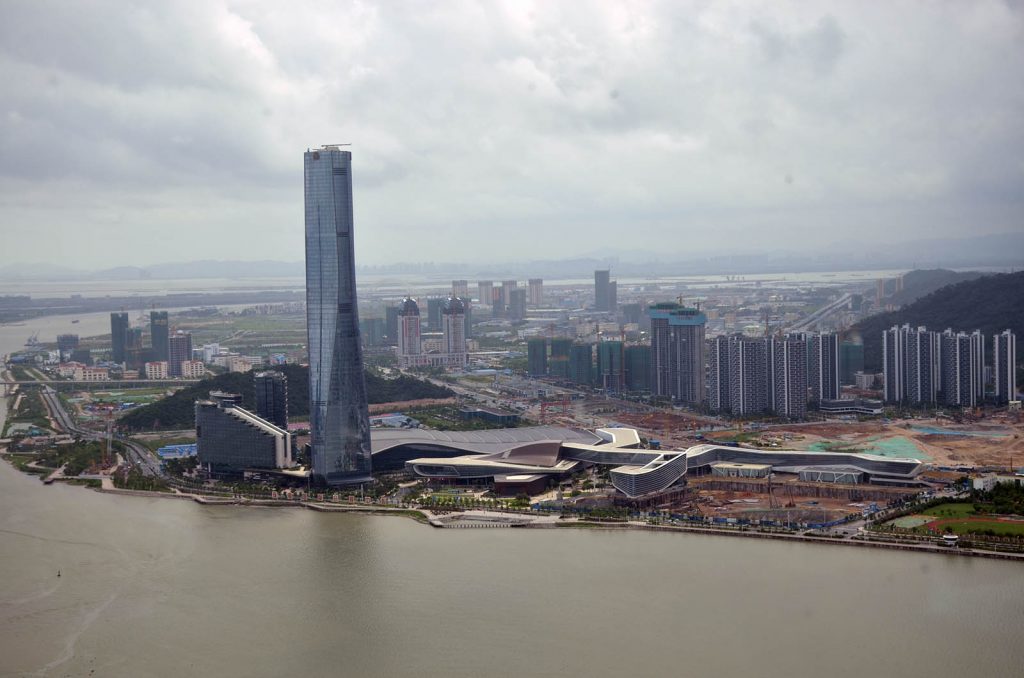
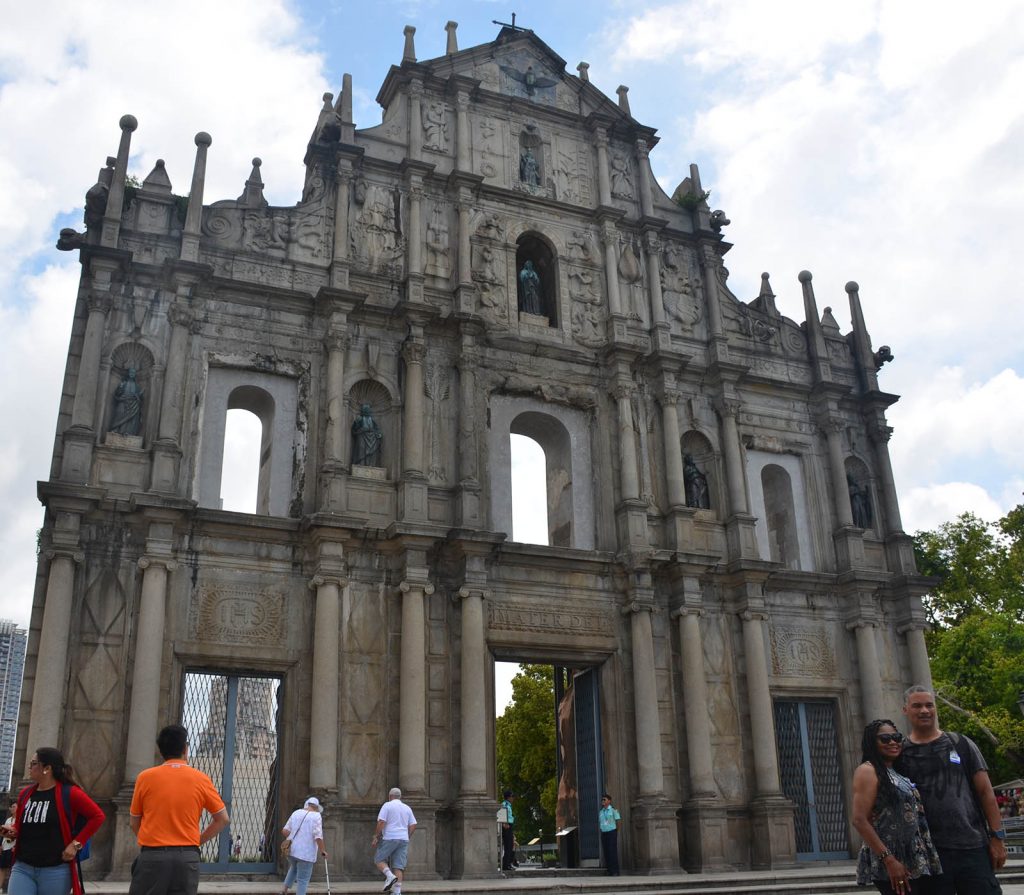


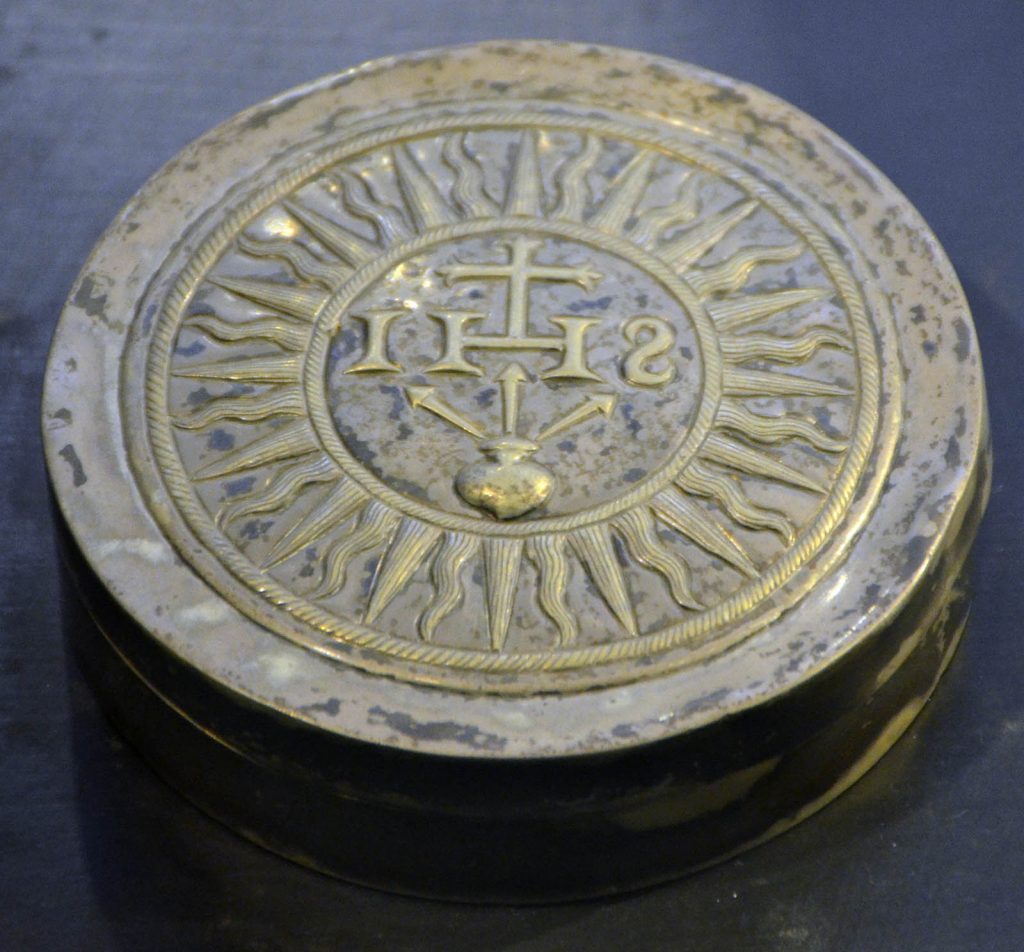
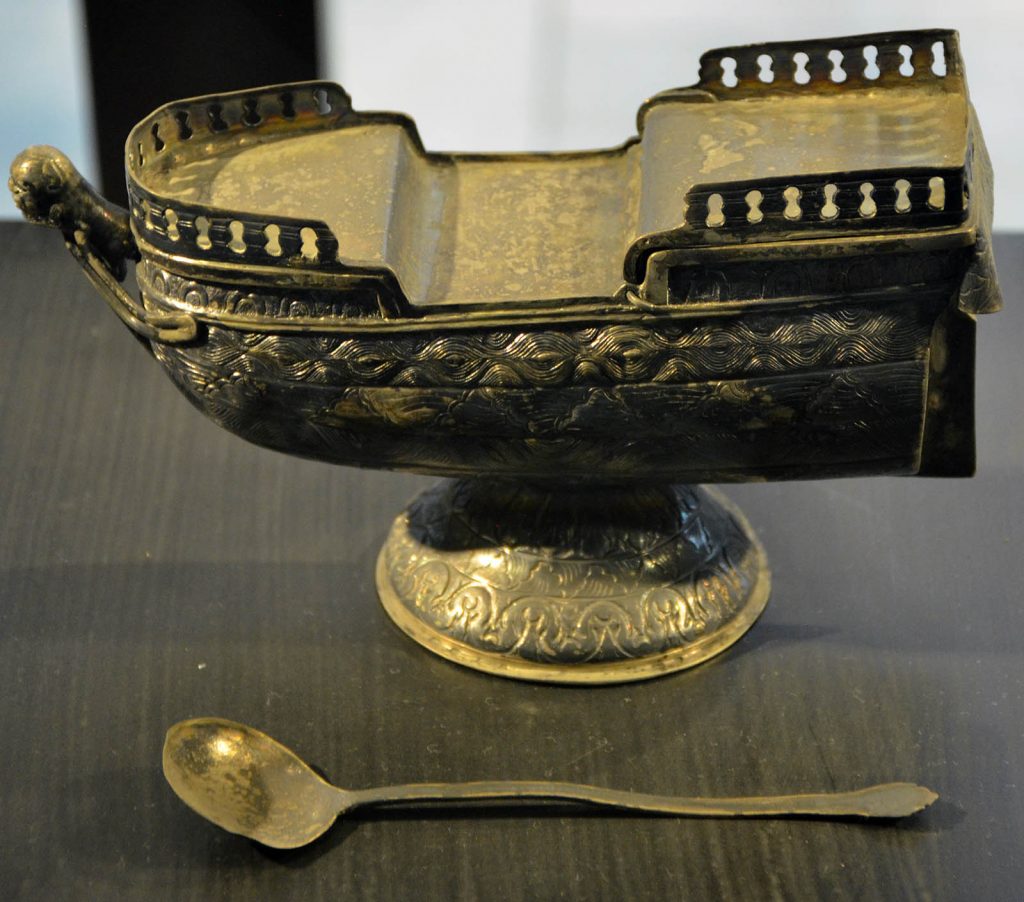

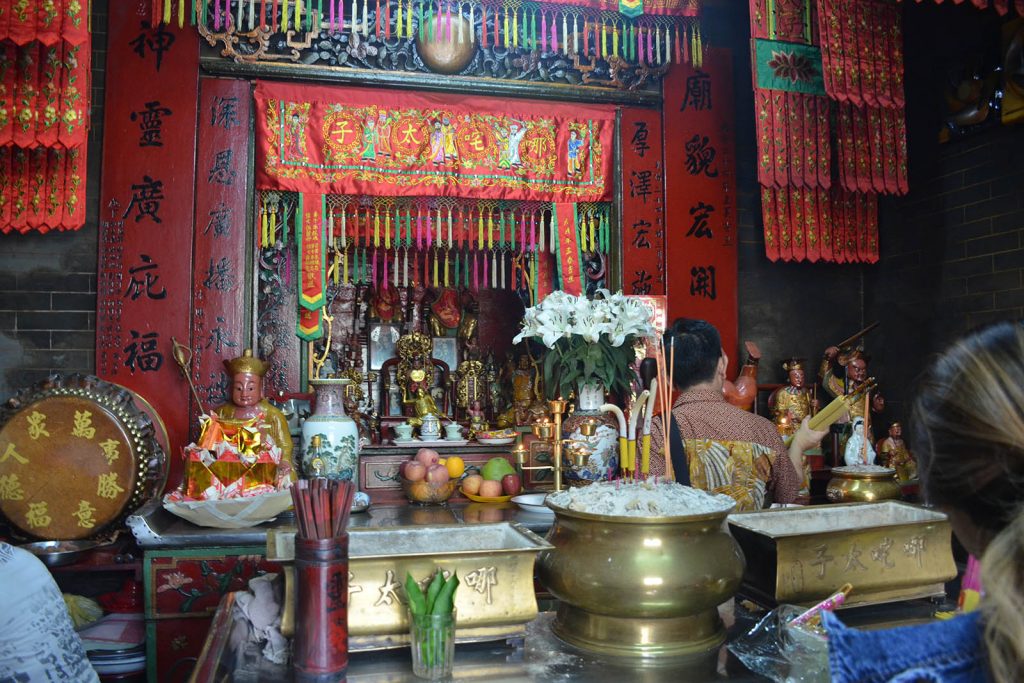
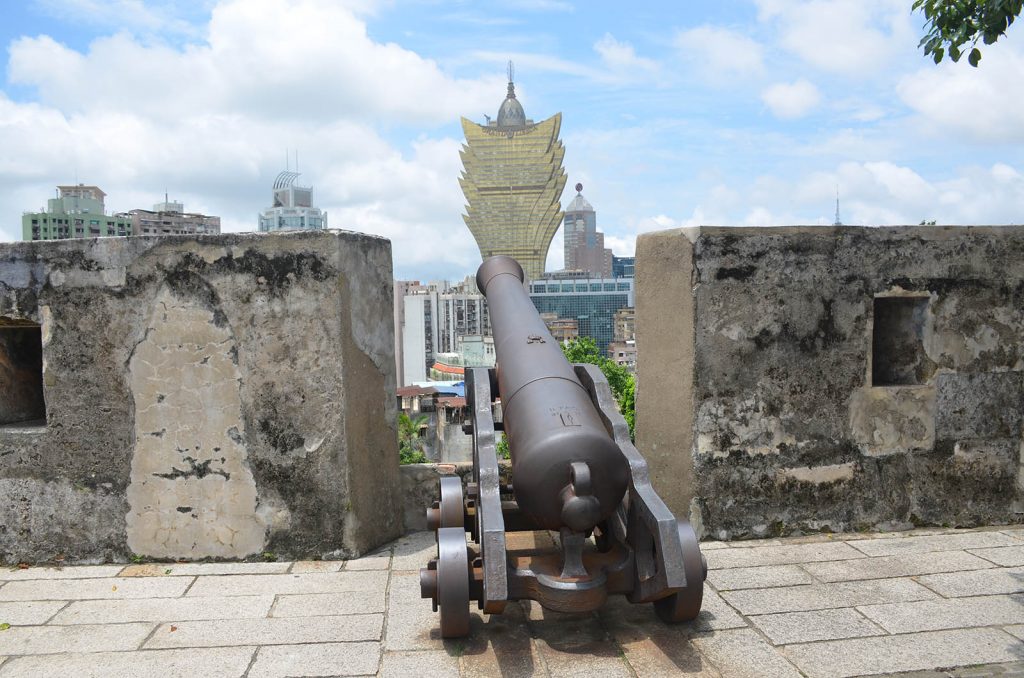


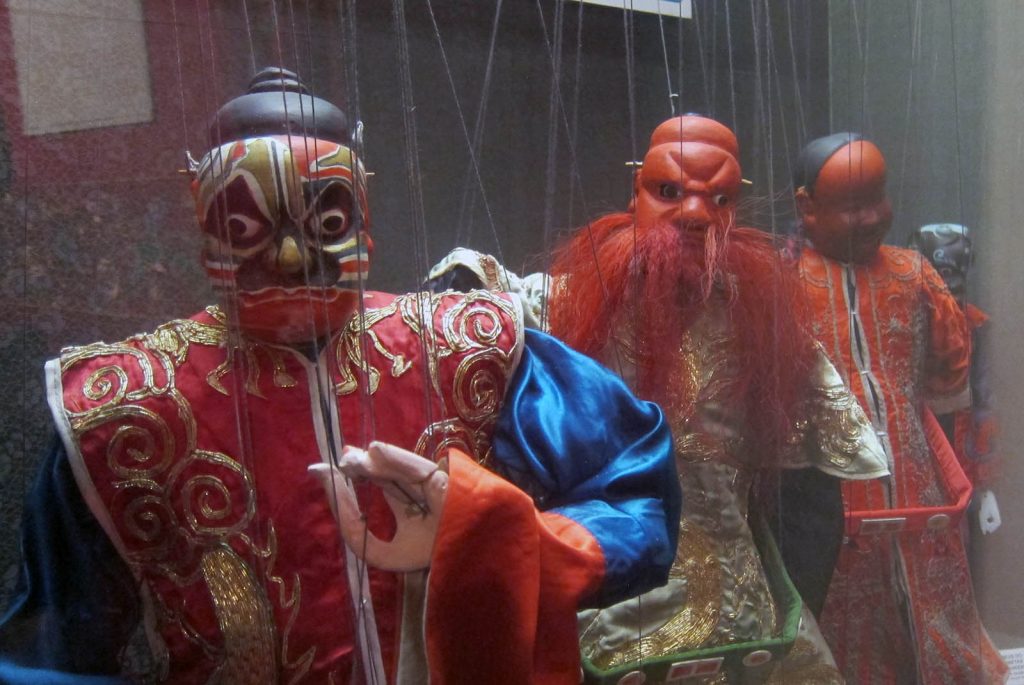
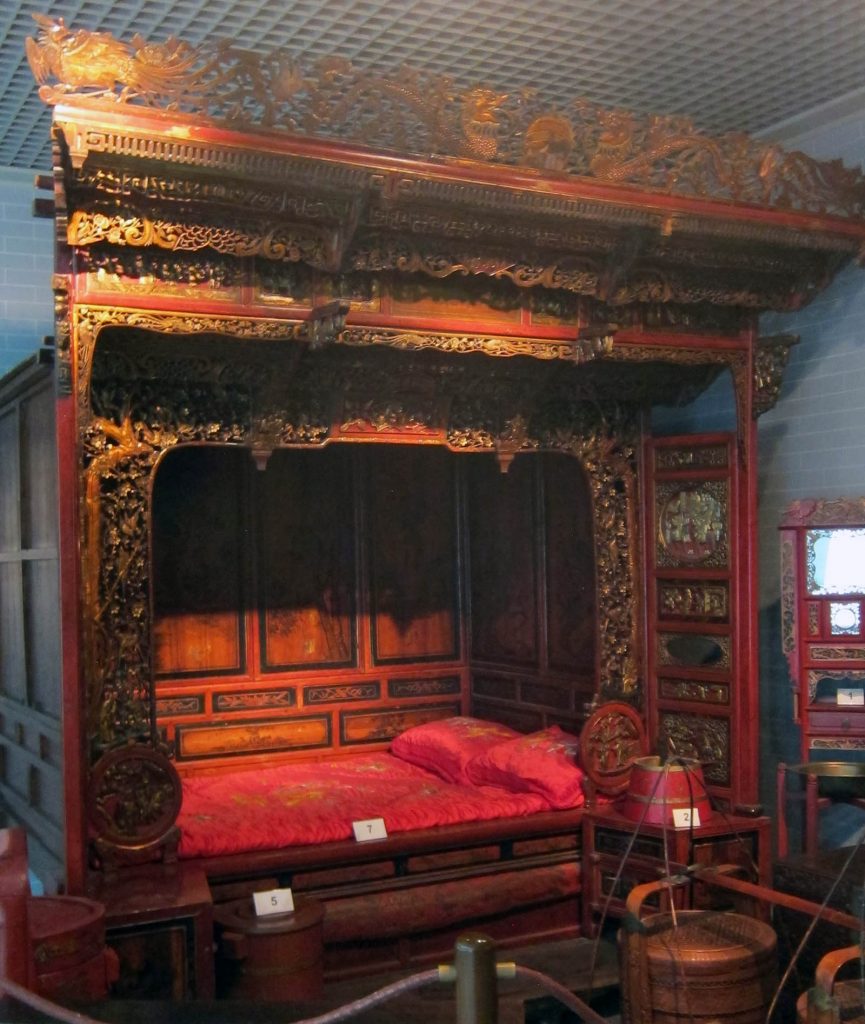
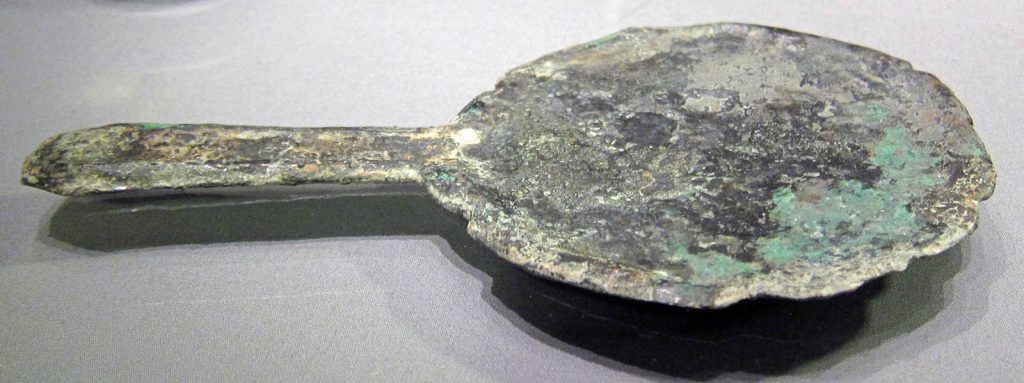
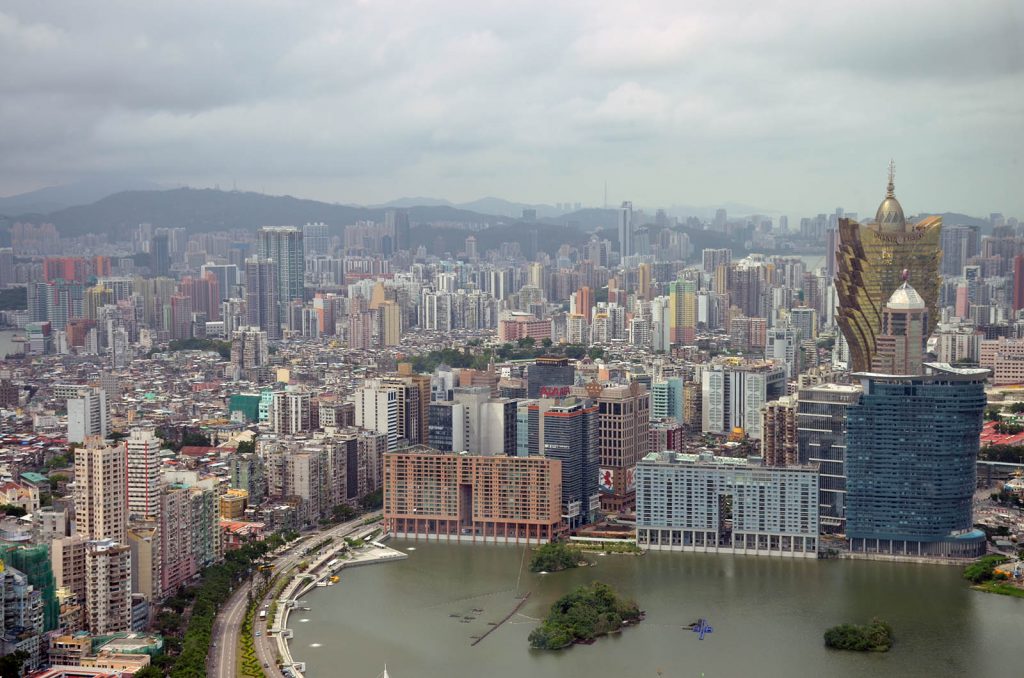
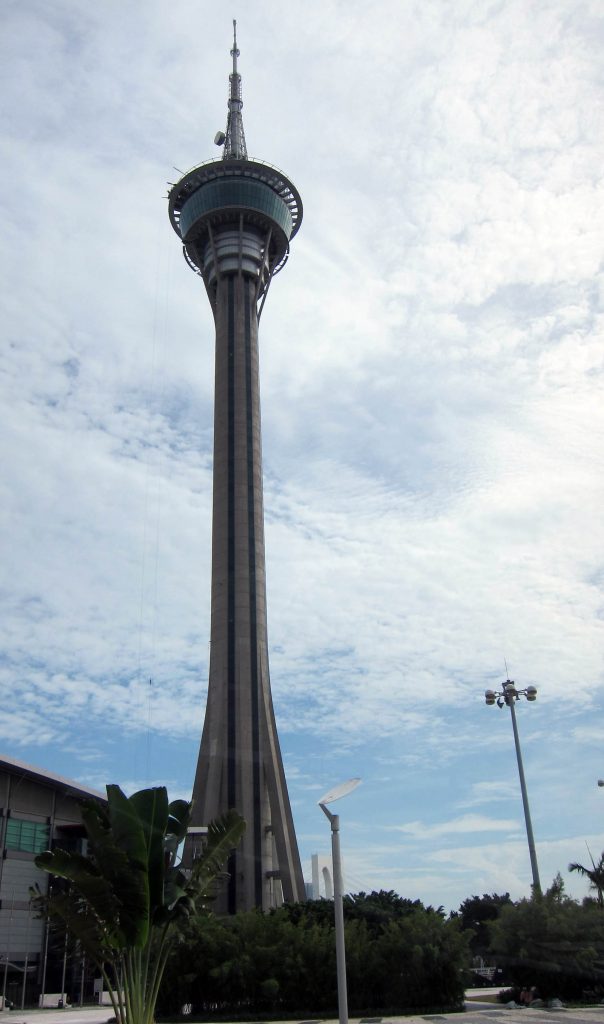
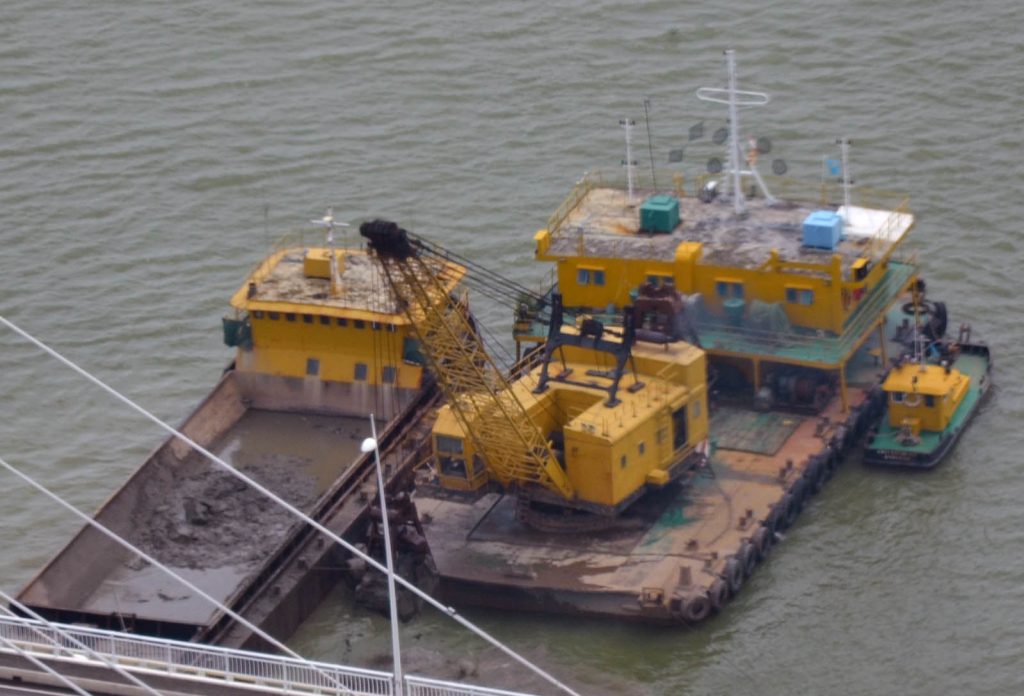
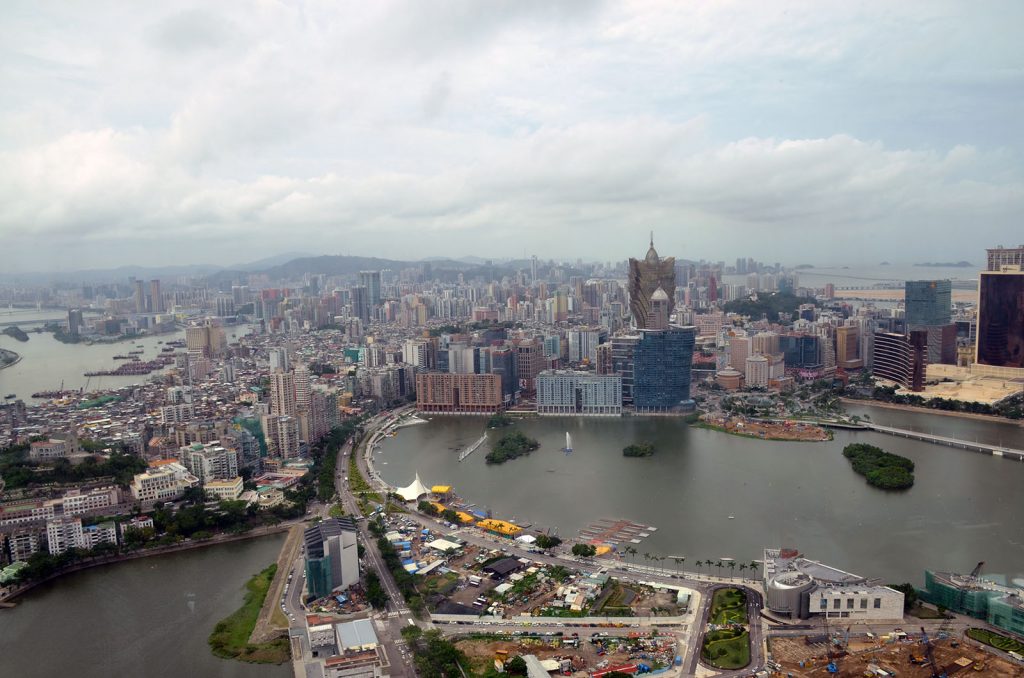
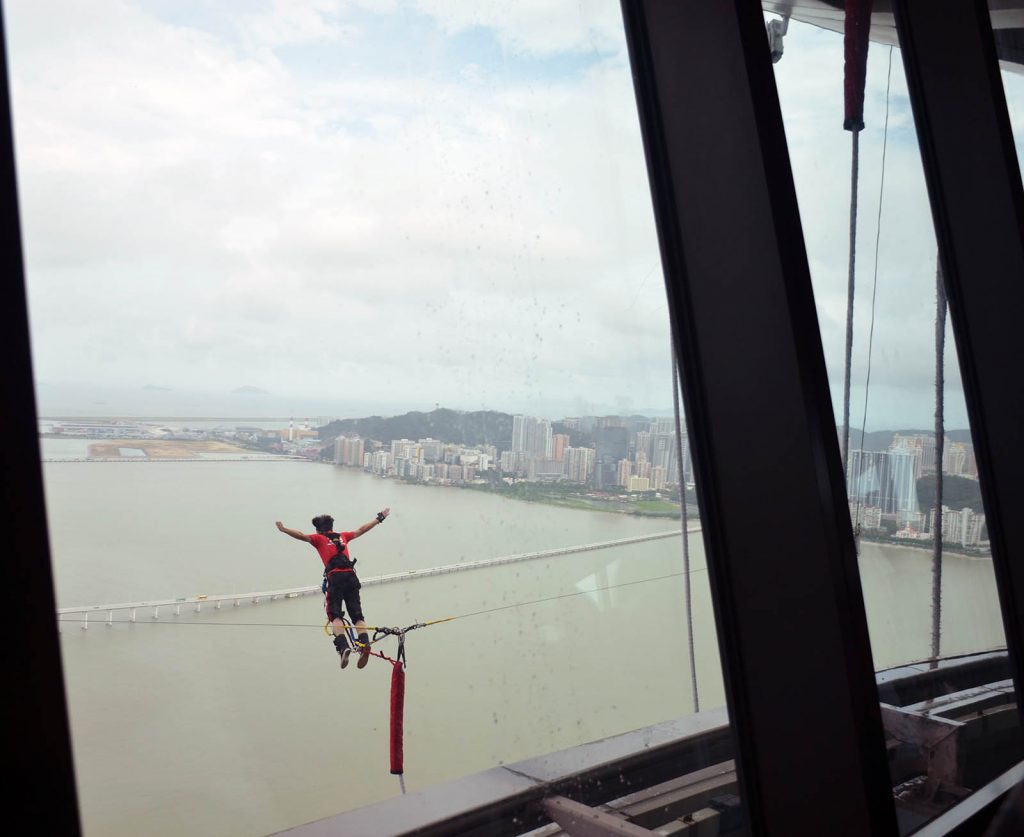
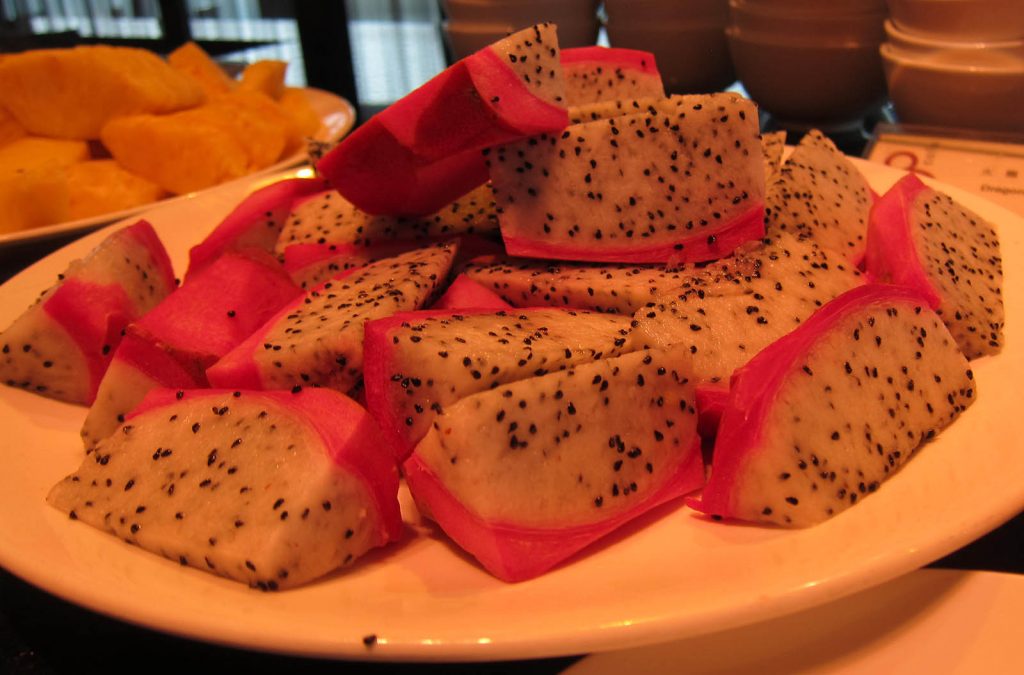
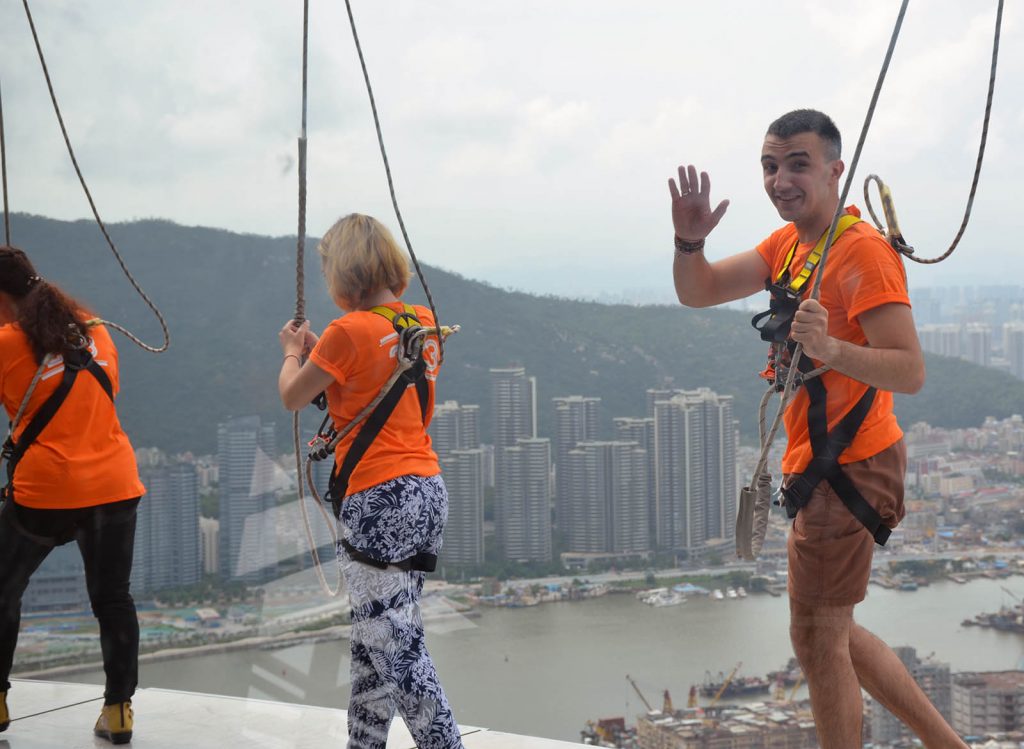
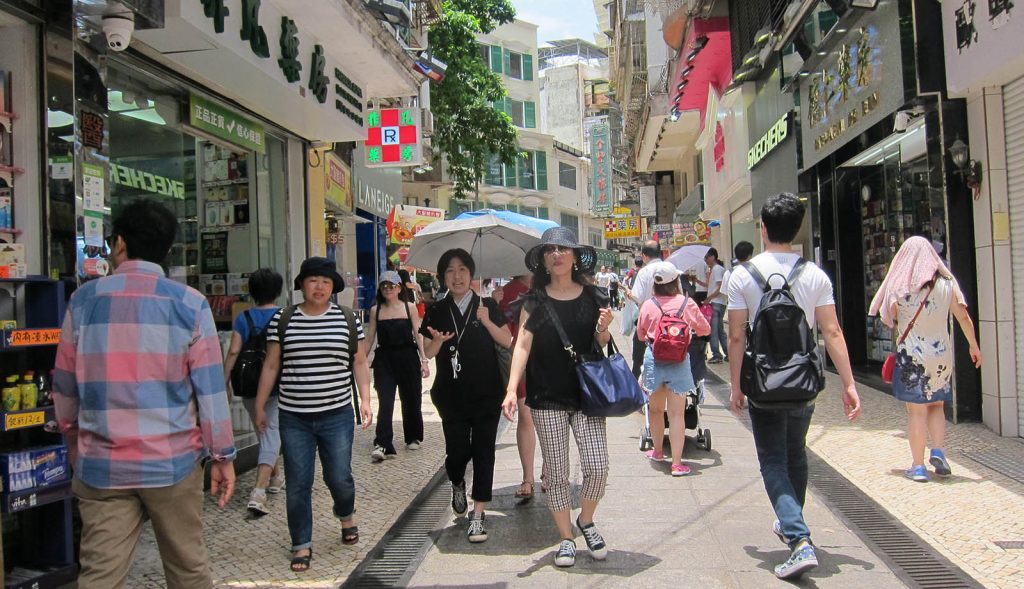
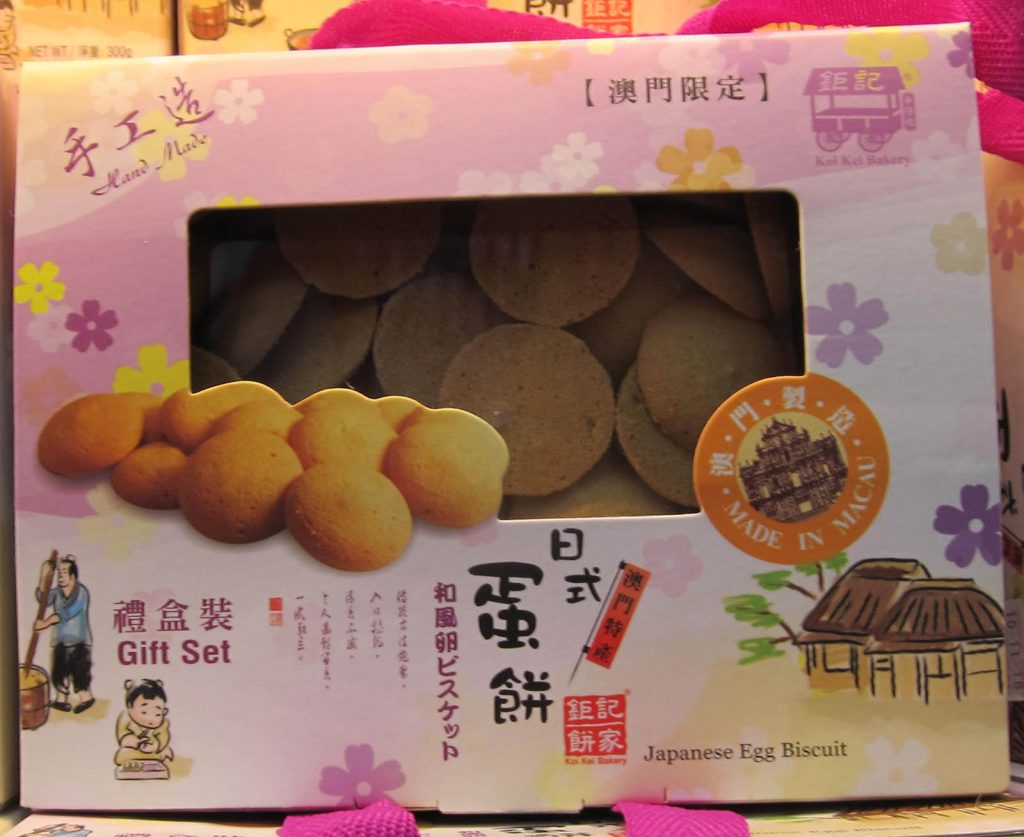
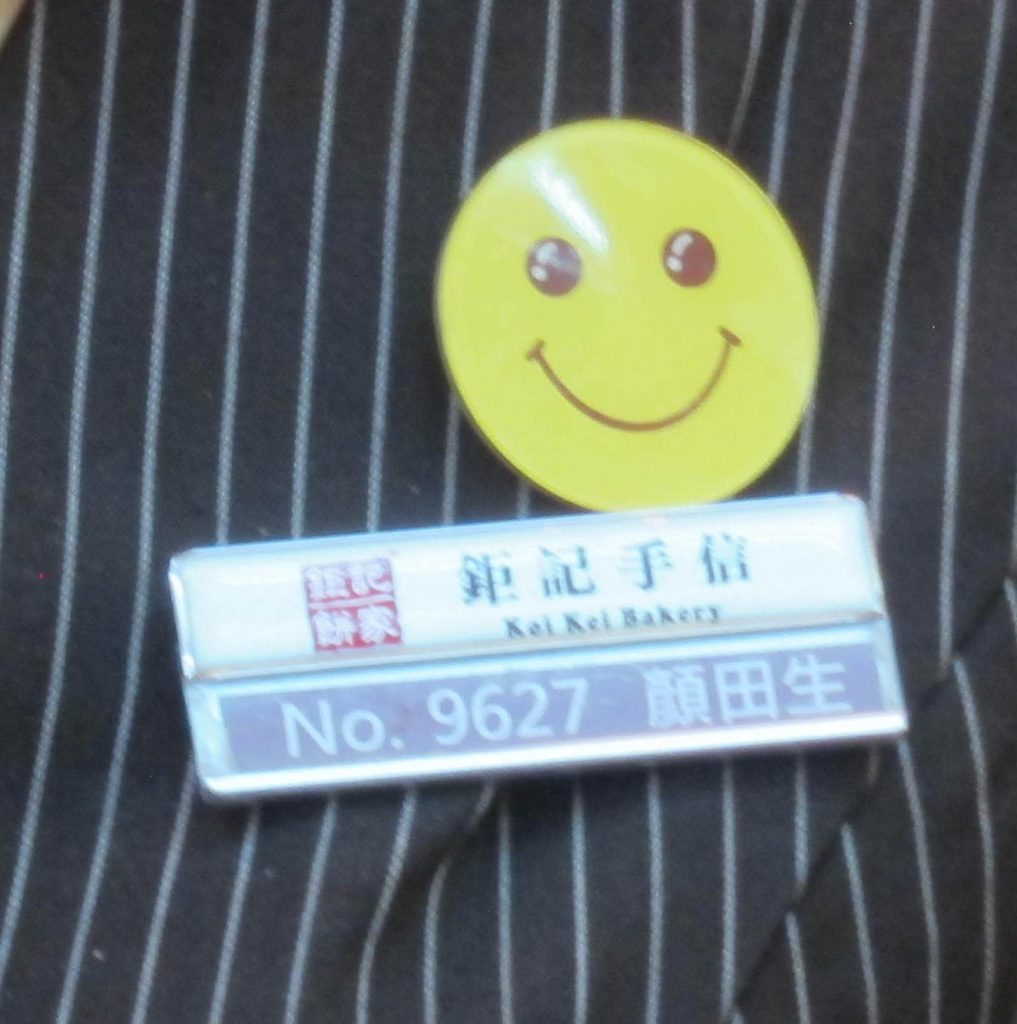
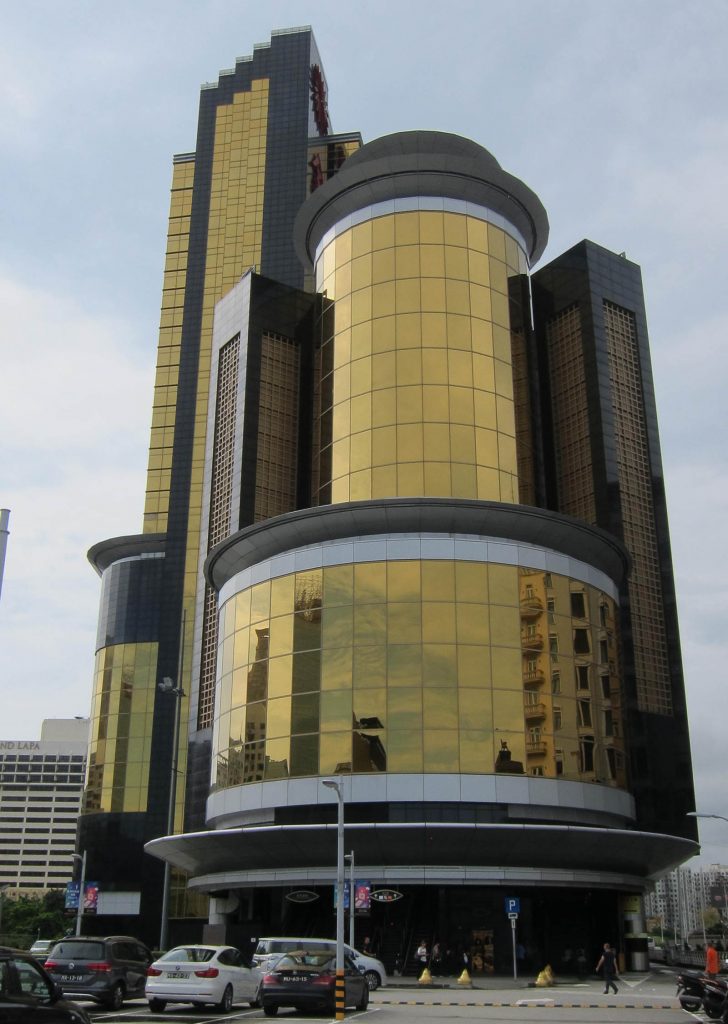


Judy Chaloupka
Love your observations!